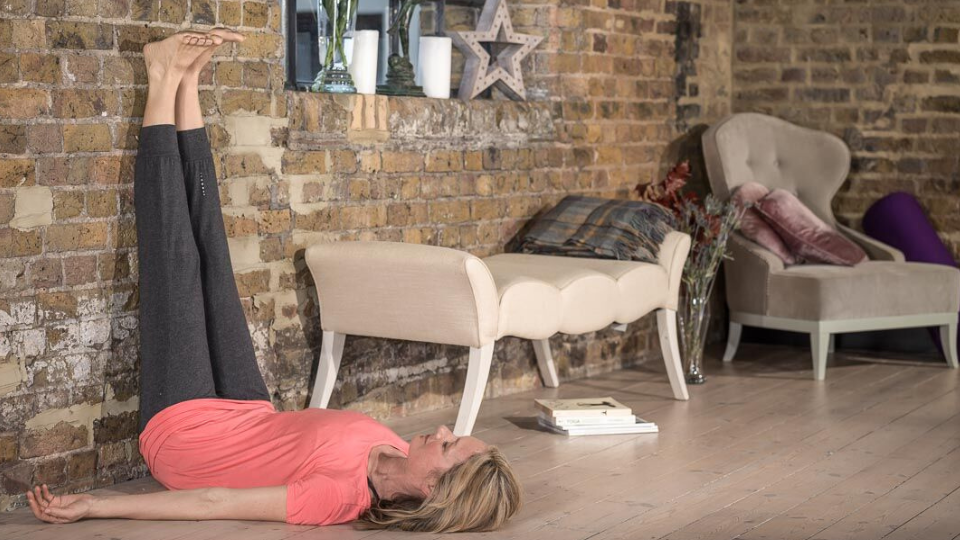
If you’ve been experiencing knee pain or discomfort, is it time to commit to a regular routine? Check out how Yoga for Knee Pain could you rehabilitate.
I’ve had ‘grumpy’ knees for the past decade. My symptoms include swelling, aching, sharp pain in the outer knees and discomfort when kneeling – although thankfully not all at the same time!
I am fortunate that my diagnosis does not prevent me from being active or leading the kind of life I want to lead. However, there are certainly days when I feel as if I’m in my eighties rather than my fifties!
To get us started, watch this In this fascinating tutorial about the knee joint. Lucy & Ben Parker explain the anatomical structure of the knee. They outline common vulnerabilities and share principles to help us support and strengthen our knees. With knowledge comes power!
Why might we need Yoga for knee pain?
There are a few things that can cause pain and discomfort in the knee. For example:
- Osteoarthritis, or wear and tear, which can affect us as early on in life as our twenties.
- Ligament / cartilage tears, including meniscal tears, which may cause instability in the joint.
- Bursitis: inflammation of a bursa, which is a fluid sac that helps reduces friction in the joint.
- Baker’s cyst: a build-up of synovial fluid at the back of the knee.
Having tried all sorts over the years to deal with torn menisci and osteoarthritis, one thing I notice is that my knees improve when I consistently do the right exercises and activities to take care of them. Yoga for knee pain forms a key part of this approach. Read on for ideas on how to show some love to your painful knees.
Please note that advice and recommendations are given generally and do not constitute any form of an individual diagnosis or treatment plan. A consultation with a medical practitioner or registered physical therapist is recommended.
Yoga for knee pain: Build strength in the legs
The knee is the middle of three joints (with the hip above and the ankle below) that form the lower extremity kinetic chain. Various yoga poses help strengthen the muscles which support and stabilise the knee joint – find out more in Yoga for Leg Strength.
Regular classes will help too. Here’s a selection:
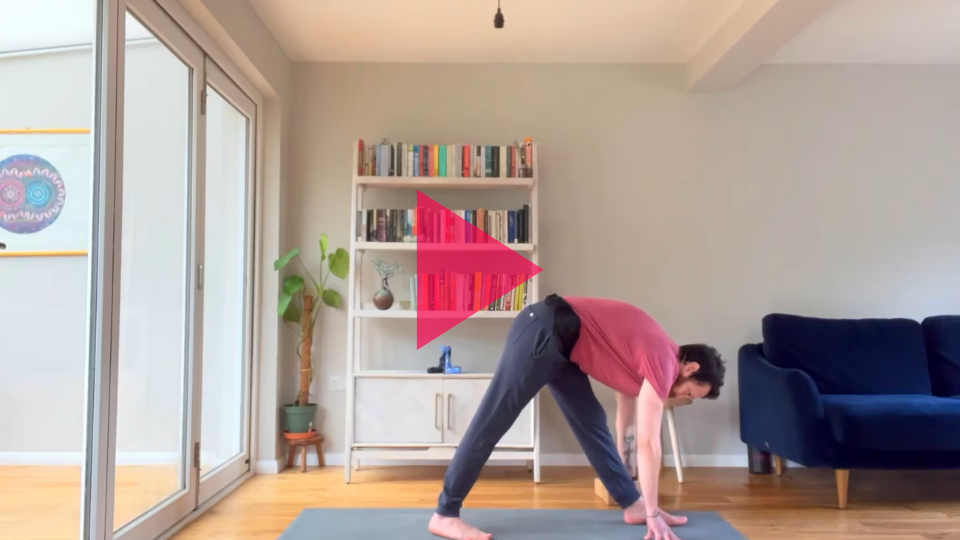
Yoga for Runners: Hamstrings and Calves with Clive Fogelman.
Engage, strengthen and stretch the hamstrings and calves via a range of movement in this Hatha class. It’s not just for runners, and your legs will thank you for it as well as your knees!
Strengthen the Knees and Back with Norman Blair.
This therapeutic yoga for knee pain class features supine and standing exercises to gently stretch the hips and stabilise the knees.
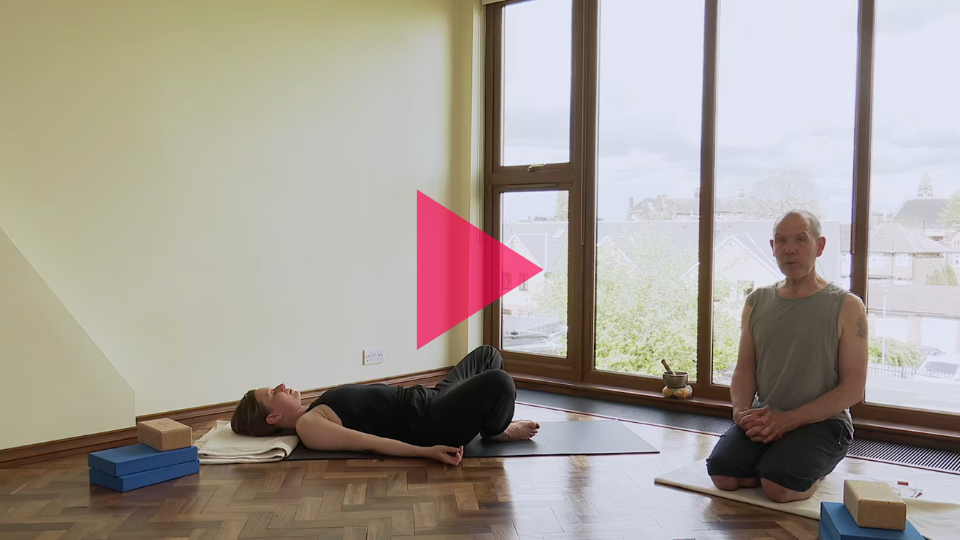
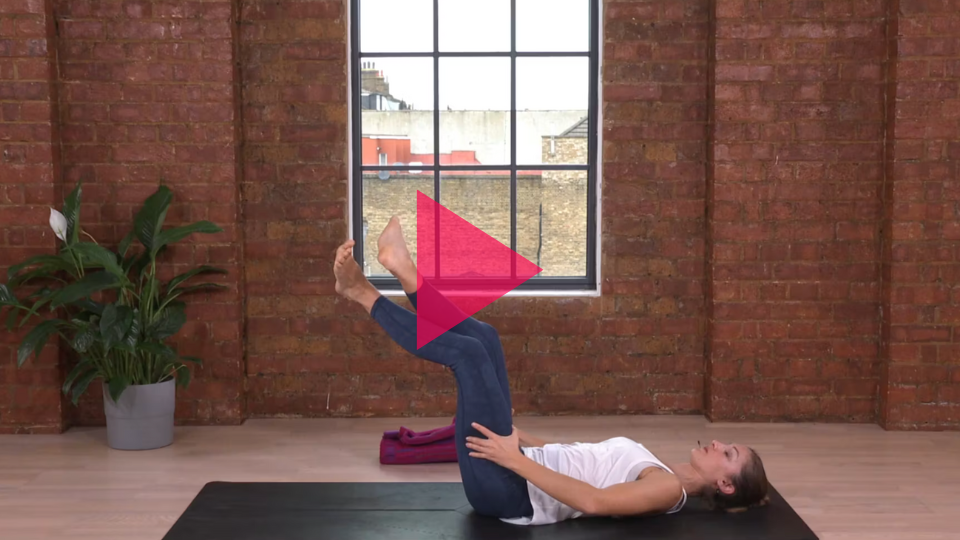
Pilates for Strength: Healthy Knees with Vanessa Michielon.
This well-rounded Pilates-inspired flow class targets the muscles supporting the knees. Expect a challenging flow to strengthen the inner thigh muscles!
Standing Poses for Beginners with Clare Beagley.
Standing poses such as Virabhadrasana II (Warrior II) are great for building strength in the legs whilst ensuring correct alignment of the knees. Make sure that front knee is bent at 90 degrees and tracks over the middle toes!
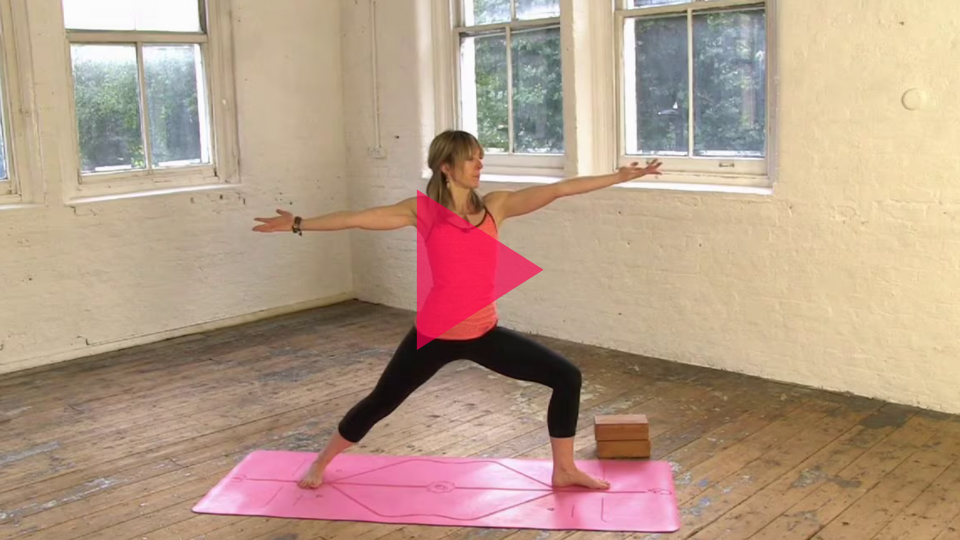

Utkatasana (Chair Pose) is another great pose that combines correct knee alignment with developing strength in the quads and calves. Or check out this Chair Pose Tutorial with Andrew McGonigle.
Remember the hips!
For some of us, knee pain may be referred from a hip joint which is tight or weak. The ‘hip’ classes that follow help to mobilise the hip joint and strengthen key muscles such as the glutes.
Healthy Hips with Sally Parkes.
Explore a range of Pilates and yoga moves to strengthen the hips by moving the body in different planes of motions and at different speeds.
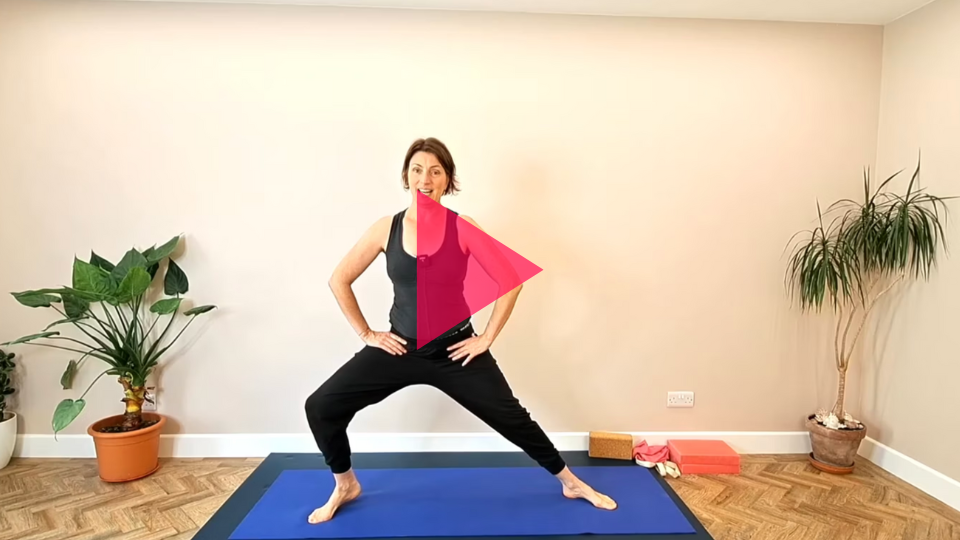
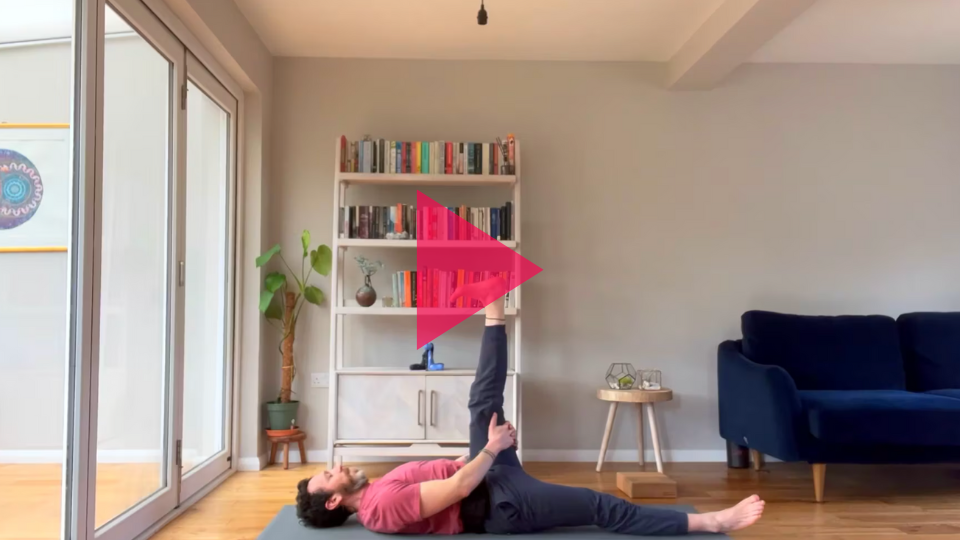
Yoga for Runners: Glutes and Hips with Clive Fogelman.
A juicy combination of mobility, strengthening and stretching of the glutes and hips through a creative range of movements and stretches.
Yin Yoga for Hip Happiness with Norman Blair.
Do you, like me, dream of ‘hip happiness’, but find some poses that focus on the hips a bit of a ‘nightmare’? It might be a sign that this is where we need to direct our attention! This class requires patience and helps to foster an inward connection to ourselves.
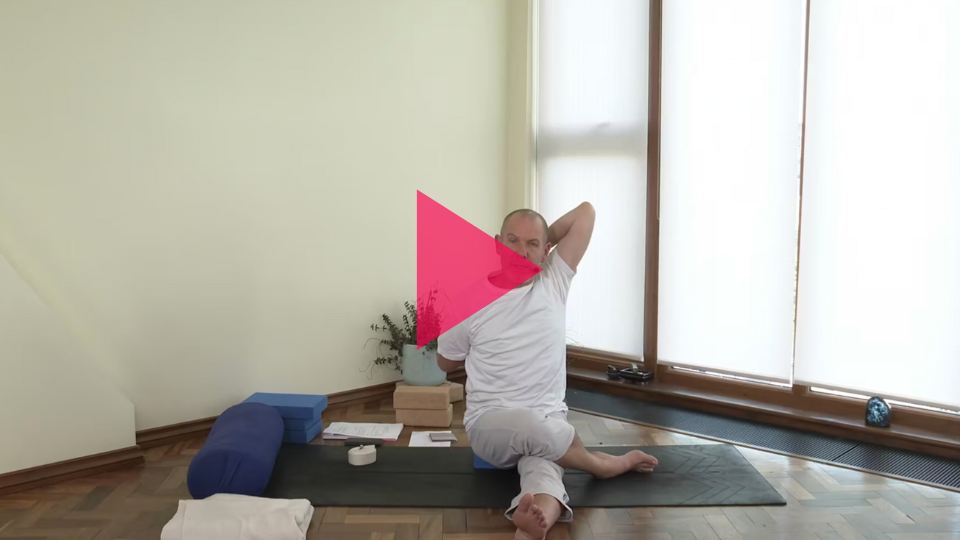
To sum up:
- In many circumstances there are concrete steps we can take to manage knee pain without medication or surgery.
- Consistency is paramount – find a routine that works for you and do it regularly over a period of time.
- If you feel pain, ease off rather than push through.
- Remember to consult a physiotherapist or other qualified professional before you embark on yoga for knee pain.

Author: Helen Krag. Helen is a health and wellness enthusiast; observer of human behavioural change; yoga teacher trainee; passionate traveller; and lover of the outdoors.





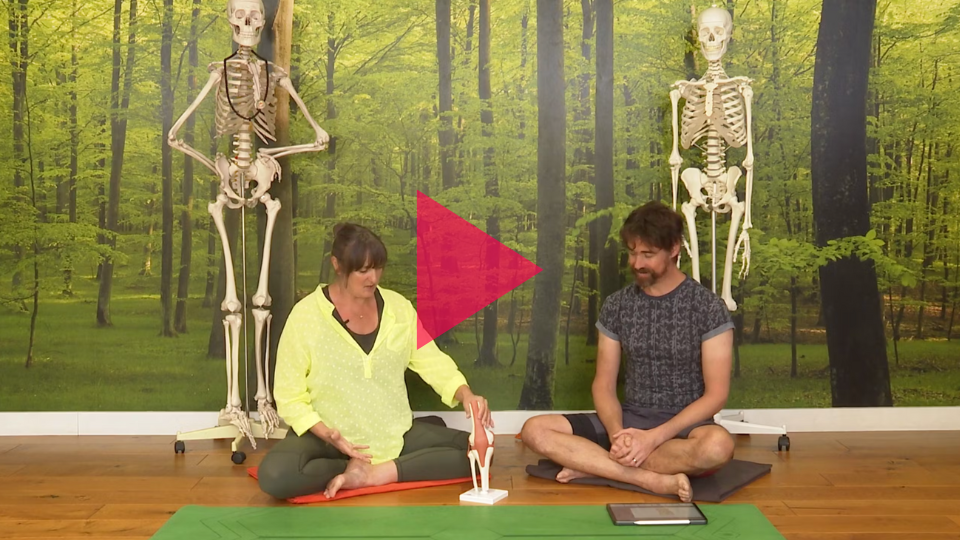
natural pain management strategy.